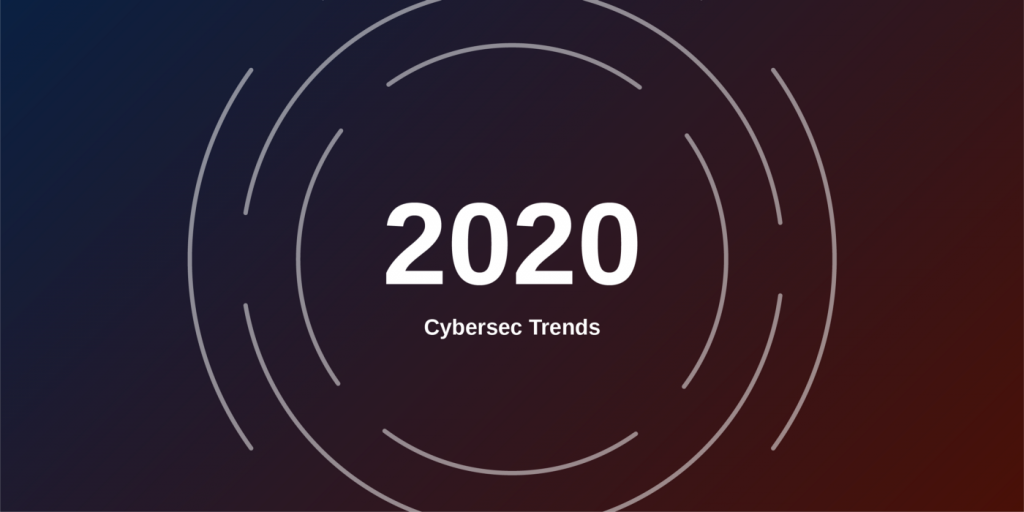4 cybersec trends to watch in 2020

The cybersecurity market will soar along with developing new data protection tools. We’ve conducted a kind of research and chosen 4 cybersecurity trends as we regard the most interesting to watch in 2020.
Mobile devices will become the principal target for phishing attacks
Desktop Internet use is declining steadily along with increasing usage of mobile devices. That is the reason fraudsters’ focus shifts to attacks on mobile.
But smartphone manufacturers improve protection constantly, making it difficult to hack a modern device. The weakest link is smartphone owners, and this fact has been used successfully for attacks, the number of which will only increase. Phishing attacks aimed at smartphones owners can lead to the following:
- employees identities theft, getting access to corporate resources, compromising the corporate network and sensitive (commercial/confidential) data theft;
- forcing to install a program for remote control, stealing money from a bank account;
- compromising user credentials for a bank mobile app and stealing money by OTP interception; etc.
This topic deserves separate research, but users must remember that their safety is up to them. Do not click links from strangers, protect your device by PIN code, do not open suspicious e-mails, and be attentive when downloading an application.
2FA becomes a thing of the past being replaces by MFA
2FA is not that safe as it is expected to be. It can be bypassed by phishing, third-party login, or a simple token theft. The new trend is multi-factor authentication (MFA), including biometrics. To prevent data breaches, enterprises increasingly take biometric authentication that improves security architecture.
It also positively affects the users’ experience. Here is an article on how biometrics will accustom people to use multi-factor authentication. In 2020, MFA is expected to become widely disseminated and implemented to protect both corporate and personal data.
Adoption of 5G and IoT devices will make us more vulnerable
With the 5G network implementation and development, the amount of attacked connected IoT devices will increase substantially. Some experts estimate 5G and IoT devices to be hackers’ paradise.
IoT devices and their connections are still a weak link in cybersecurity architecture. The volume of personal data is growing increasingly, along with the need for defending against breaches and theft.
But 5G networks are complicated and require a tremendous level of security that still can not be provided by the majority of cloud vendors. New vulnerabilities are yet to discover and protect, so blind spots will be used by hackers for attacks and data theft causing irreparable damage to enterprises.
So 2020 is going to become a year of rethinking approaches to IoT security and new tools to protect these growing networks across all industries.
Artificial intelligence (AI) will play a crucial role in both attack and defense
The number of cyberattacks is growing steadily, which means that the industry experts work harder but yet don’t cope with an increasing number of threats. But there is the artificial intelligence that reacts to a threat faster than the most experienced and skilled experts. AI is constantly being improved and trained. Using machine and deep learning AI can improve its algorithms to better recognize and prevent threats for cybersecurity.
But this process works both ways. Cybersecurity experts train AI to recognize and prevent threats while hackers train AI to bypass defense. Some industry experts compare this competition with arms race so perhaps in 2020 AI will play a crucial role in cybersecurity architectures.